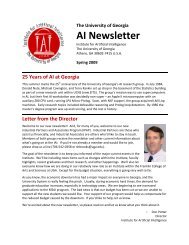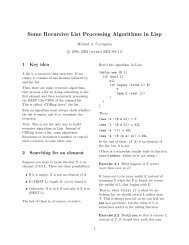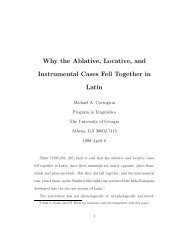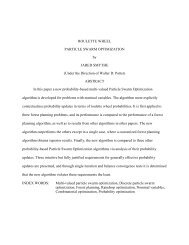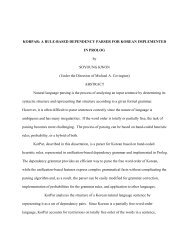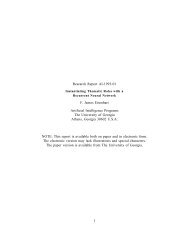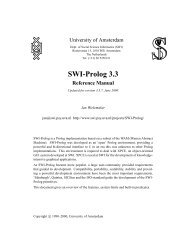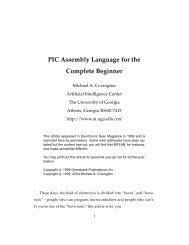human judgment in diagnosing problem behavior in horses using
human judgment in diagnosing problem behavior in horses using
human judgment in diagnosing problem behavior in horses using
Create successful ePaper yourself
Turn your PDF publications into a flip-book with our unique Google optimized e-Paper software.
environmental clues, and causes of certa<strong>in</strong> <strong>behavior</strong>al <strong>problem</strong>s are shown <strong>in</strong> a table at<br />
the appendix section.<br />
2.4 Treatment and Solutions<br />
Most of the bad habits and vices are preventable, that is with proper management and<br />
tra<strong>in</strong><strong>in</strong>g, most of them can be avoided. Examples of treatments of equ<strong>in</strong>e <strong>behavior</strong>al<br />
<strong>problem</strong>s are <strong>behavior</strong> modification, horse psychology, tra<strong>in</strong><strong>in</strong>g, attitude adjustment, and<br />
condition<strong>in</strong>g or just management changes. For <strong>in</strong>stance, it is usually difficult to identify<br />
and/or elim<strong>in</strong>ate a particular stressful aspect of a domestic environment responsible for a<br />
particular bad habit or <strong>behavior</strong> <strong>problem</strong>. Nonetheless, most horse owners and managers<br />
would like to try to reduce or elim<strong>in</strong>ate such <strong>behavior</strong>.<br />
Changes <strong>in</strong> management that most likely to result <strong>in</strong> reduc<strong>in</strong>g bad habits and<br />
horse <strong>behavior</strong> <strong>problem</strong>s by adopt<strong>in</strong>g physical or social environmental manipulation or<br />
nutritional changes <strong>in</strong> the direction of more roughage and less concentrated feeds.<br />
Owners or handlers need to monitor their horse’s eat<strong>in</strong>g patterns and watch the horse’s<br />
appearance every day. It is important to observe the horse eat<strong>in</strong>g patterns are <strong>in</strong> relation<br />
to its schedule. A horse that refuses to eat or dr<strong>in</strong>k is a cause for concern. This <strong>behavior</strong><br />
comb<strong>in</strong>ed with other unusual <strong>behavior</strong>s such as difficulty <strong>in</strong> ur<strong>in</strong>at<strong>in</strong>g or elim<strong>in</strong>at<strong>in</strong>g<br />
feces, is a significant cause for concern as well. With careful plann<strong>in</strong>g, diligent efforts,<br />
and monitor<strong>in</strong>g, some habits can be permanently changed therefore prevent<strong>in</strong>g any illness<br />
concern. Another example of a treatment for deterr<strong>in</strong>g or correct<strong>in</strong>g bit<strong>in</strong>g and nipp<strong>in</strong>g<br />
<strong>behavior</strong> is by smack<strong>in</strong>g the horse on the lips with as much force with gloved hands. Also<br />
20






